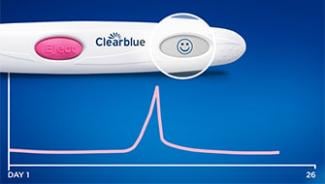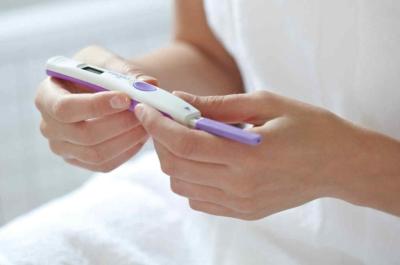A woman's egg will always contain an X chromosome, so it is the man's sperm that will determine the gender of their child. A sperm containing an X chromosome will create a female embryo, and a sperm containing a Y chromosome will create a male embryo.
It's important to note that the science isn't proven, but the theory behind most of the suggested methods to influence the gender of a baby is that Y bearing (male producing) sperm swim faster but are less robust. They don't fare so well in the acidic conditions of the vagina, and die more quickly than X bearing (female producing) sperm.
Therefore, having sexual intercourse at the beginning of a woman's fertile window is thought to increase the chances of conceiving a girl, as the X bearing sperm are more likely to survive until the egg is released.
For a boy, the theory suggests that a couple should time intercourse towards the end of a woman's fertile window when a woman is about to ovulate, or has just ovulated, as this Y bearing sperm will not survive for long.
Taking this thought a step further, some theories suggest that deep sexual penetration positions that place the sperm right where it needs to be, avoiding the more acid conditions of the vagina, are more likely to result in conceiving a boy.
These theories make interesting reading, but it's still important to remember they are not proven.
If you want to find out when a woman's fertile window occurs click here and discover the Clearblue Advanced Digital Ovulation Test.

Digital Ovulation Test: pinpoints your 2 most fertile days
In every cycle there are only a few days when a woman can conceive, so having sex on these days is very important if you are trying to get pregnant.

Find your most fertile days
Ovulation tests are an accurate and simple way to identify your most fertile days to maximise your chances of getting pregnant.



